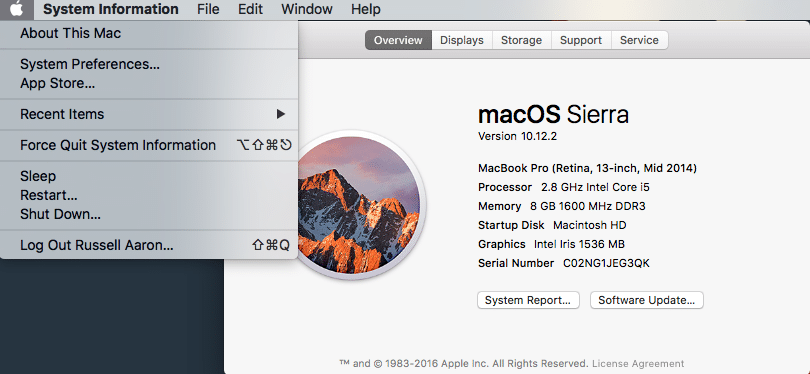

sudo dd if=/dev/disk1 of=~/SDCardBackup.dmg Next, in Terminal, enter the following command to create a disc image (.dmg) of your SD Card in your home directory. In the above example, the SD Card is /dev/disk1.

Look for your SD card by looking for a disk of the right size and name. Open Terminal and enter the following command to locate your SD Card: diskutil listĪll your disks will be listed, and will look something like below: Insert the SD Card into a card reader on your Mac. In fact, you can write it back to another SD card of the same size, giving you an exact duplicate. it becomes corrupted), just follow the above instructions, choosing the image you created as the image file, and click on Write to write it back to the SD card. If you have a problem with your sD card and it becomes unreadable for any reason (e.g. The card will then be backed up to your PC. Once you open Win32 Disk Imager, use the blue folder icon to choose the location and the name of the backup you want to take, and then choose the drive letter for your SD card.Ĭlick on the Read button. This is not the whole of the contents of your SD card - only part of the card contents is readable by Windows. Often this will open the file explorer showing you the contents of part of your SD card, which should look something like this: BEFORE starting the software, insert your SD card into the SD card reader on your PC.
Image a retropie for mac install#
Download it from SourceForge and install it. One of the best tools to backup and restore SD cards is Win32 Disk Imager. Whatever computer you have, you will need an SD or microSD card reader. How you back it up will depend on the computer you have. You will need a second computer, or a second Raspberry Pi operating system on an SD card. This is especially true when you first get a pre-installed card from a retailer or friend. As with all computers, it is a good idea to back up your Raspberry Pi's SD (or microSD) card from time to time I'm just going to call them 'SD cards' from here on.


 0 kommentar(er)
0 kommentar(er)
